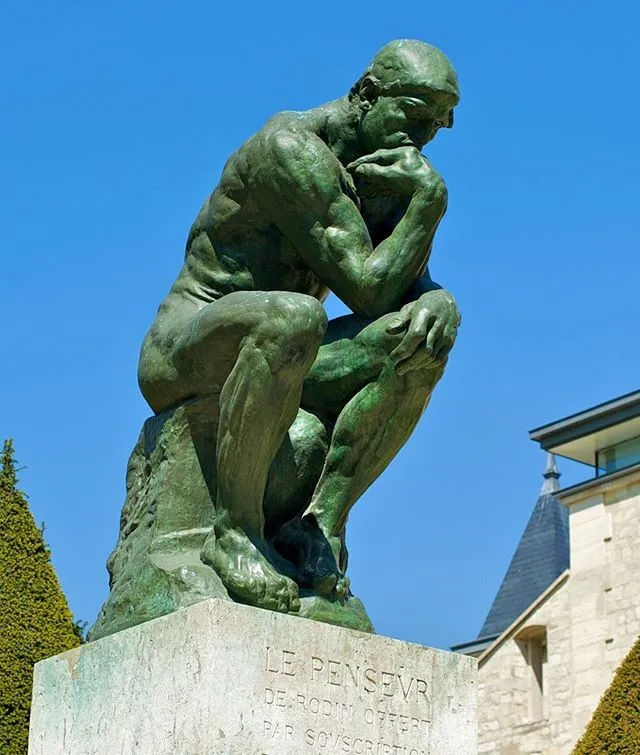Without doubt, ancient art has all along been fascinating and an avenue for getting an understanding on past societies and way of life. This notion is captured by the term “Ancient Artz”, which refers to the ever-tantalizing touch that human beings have for art pieces that have stood the ravages of time. In this article, you will discover more about Ancient Artz and the various categories of these arts; the culture that was involve in creating and producing Ancient arts and why people are still fascinate by these arts.
The Definition of Ancient Artz
Therefore, let us define the term Ancient Artz before we try to comprehend the multiple aspects of the phenomenon. To clarify, Ancient Artz encompasses original works of art that originated in prehistoric cultures and went up to the early historical periods in human history which include paintings, sculptures, architectures, pottery and fabrics among others. It is for this reason that these artworks are normally mark by quality workmanship, symbolic meaning and the ethos that under pins them. The term Ancient Artz is use here in order to stress the significance and the beauty of those creations that were left to us by ancestors.
Also Read: Soushu2024
The Origins of Ancient Artz
The company’s main business, Ancient Artz has its origins dating back to the earliest civilizations. The LASCAUX CAVES of France are best examples; also early Mesopotamians depict their prowess in art through the beautiful pots they made. These early examples of Ancient Artz offer a glimpse as to the religiosity and proactivity of cavemen, to say the least, and their great fascination for acquiring new skills, as well as their bond with nature.
- Cave Paintings: Some of the examples of Ancient Artz include the use of caves to painting such places as Lascaux in France and Altamira in Spain. These paintings generally, depict pictures of animals, encased hunting themes, and what can be describe as abstract icons; it can be presuppose that these paintings were use both as art pieces, and as functional paraphernalia which could have been use in ritualistic processes.
- Pottery and Ceramics:Painting and pottery are other notable aspects of Ancient Artz and pottery originated from as early as Mesopotamian, Egyptians and Chinese. They were not only useful but also itself had ornaments reflecting the art of the period at the beginning of the use of ceramics.
The Role of Ancient Artz in Civilization
Ancient Artz belonged to the Prehistoric man giving a significant meaning to the early society. Communication and narration were only two of the functions of art; art was also use to maintain previously established power relations, religious beliefs and authorities. For instance, just like the Egyptian pyramids and temples which have greatly characterized the architectural style of the ancient Egypt were meant to please the gods and help the pharaohs make their mark in the afterlife.
- Egyptian Art: Egyptian art is also one of the most distinguishable types of Ancient Artz with many designs utilizing caption, sculptures, and monumental buildings. The art had strong connection with the religious aspects and the belief in the system of the world after death; the art works were create to be take by the dead person into the afterlife.
- Greek and Roman Art: Another subcategory under it is the art of ancient Greece and Rome or what is commonly known as the classical art. Greek art is characterise by slender and elongate figures and the birth of naturalism while Roman art is well note for its real looking life like portraits as well as architectural mastery like the Colosseum.
The Evolution of Ancient Artz Across Cultures
The beauty of Ancient Artz is the fact that different cultures had their take on art and their unique approach to it. This section will show how Ancient Artz developed over different civilisations, and provide examples of these artz from around the world.
Ancient Artz in Asia
In Asia, it was common among the countries including china, India and Japan. Some of the well-known forms of Chinese art include calligraphy, painting as well as ceramics; and due to the influence of Confucianism and Daoism, early works of Chinese art tend to depict nature, spirituality among other themes.
- Chinese Calligraphy and Painting: Chinese calligraphy and painting is one of the best examples of Ancient Artz as it relied heavily on the use of brushwork, the composition and the harmony of human with nature.
- Indian Art: Indian It also possesses rich cultural vibes with most of their arts blending the religious and spiritual themes. Religious art such as the sculptures in Hindu temple or the artwork of Buddhism in Gandhara provides an evidence on how art was illustrate to show loyalty to the god and tell the doctrines of the religion respectively.
Ancient Artz in the Americas
In the Americas, It was develop in such cultures as Maya, Azteca and INCA. These civilizations were creating art that had its roots in religious perception of the world and the universe.
- Maya Art:The maya people are well note for their elaborate carving and murals and pottery where depicted gods, rituals of succession as well as the after life. The Maya also writ small symbols on papers, boldly called ‘hiereoglyphs’ —symbols that helped them write their history and record accounts of their religious beliefs and practices.
- Aztec and Inca Art: Also looking at the art of two South American cultures; the Aztecs and the Incas, they also created art that was also utilitarian and ornamental. The Aztec left many stone carvings and histories written in pictographic form, called codices, whereas the Incas were skill in weaving and made magnificent articles in gold and silver.
The Enduring Appeal of Ancient Artz
Why does Ancient Artz remain so fascinating especially for the contemporary generation? Firstly, many of these works remain aesthetically pleasing to the eyes even nowadays and the craftmanship that has been applie can be admire by today’s artists and designers. Furthermore, It provides humanity a chance to know the past society’s culture, faith, and lifestyle even before one could imagine.
- Cultural Significance: Not only does Ancient Artz look incredible; it also has a social, historical value. These artworks are our connection to our elders, in that they provide the information about the people that went before us, as well as their beliefs and the way they saw the world.
- Artistic Inspiration: It is also important the fact that some elements, principles, and even trends of Ancient Artz are present in trends of the contemporary world, starting from constructions and ending with fashion. Some of today’s artists copy the works of ancients, which were engrave in stone, though with the spirit of modernity giving the works fresh looks.
Preserving the Legacy of Ancient Artz
Although we focus on the beauty of Ancient Artz, everyone should be aware of the endeavors to save the valuable pieces that are create centuries ago. So most of the old works of arts are even in danger of being destroy by adverse weather conditions, theft, and vandalism hence the reason as to why preservation and conservation become paramount.
- Museum Collections:Great museums like the British Museum, the Louvre, and the Metropolitan Museum of Arts contain vast displays of Ancient Artz to ensure that these artistic ends up safe and well represented.
- Conservation Efforts: Authorities try their best in order to prevent degradation of Ancient Artz and other valuable pieces of art. Some of the associated activities include, preservation and stabilization of ruined artefacts, conservation and prevention of work deterioration, and application of technology in analysis and archiving of the pieces.
Conclusion
As it has been see there is so much beauty and craftsmanship that It brings to the table and its historical background remains fascinating. These pieces of art start from the pre-historic period represent by the famous drawings made on the caves’ walls to the historical masterpieces that are being produce even in the contemporary world. While enjoying the works of Ancient Artz, one must understand that is a historian’s duty to preserve and maintain these monuments for people to value and study in the future.




